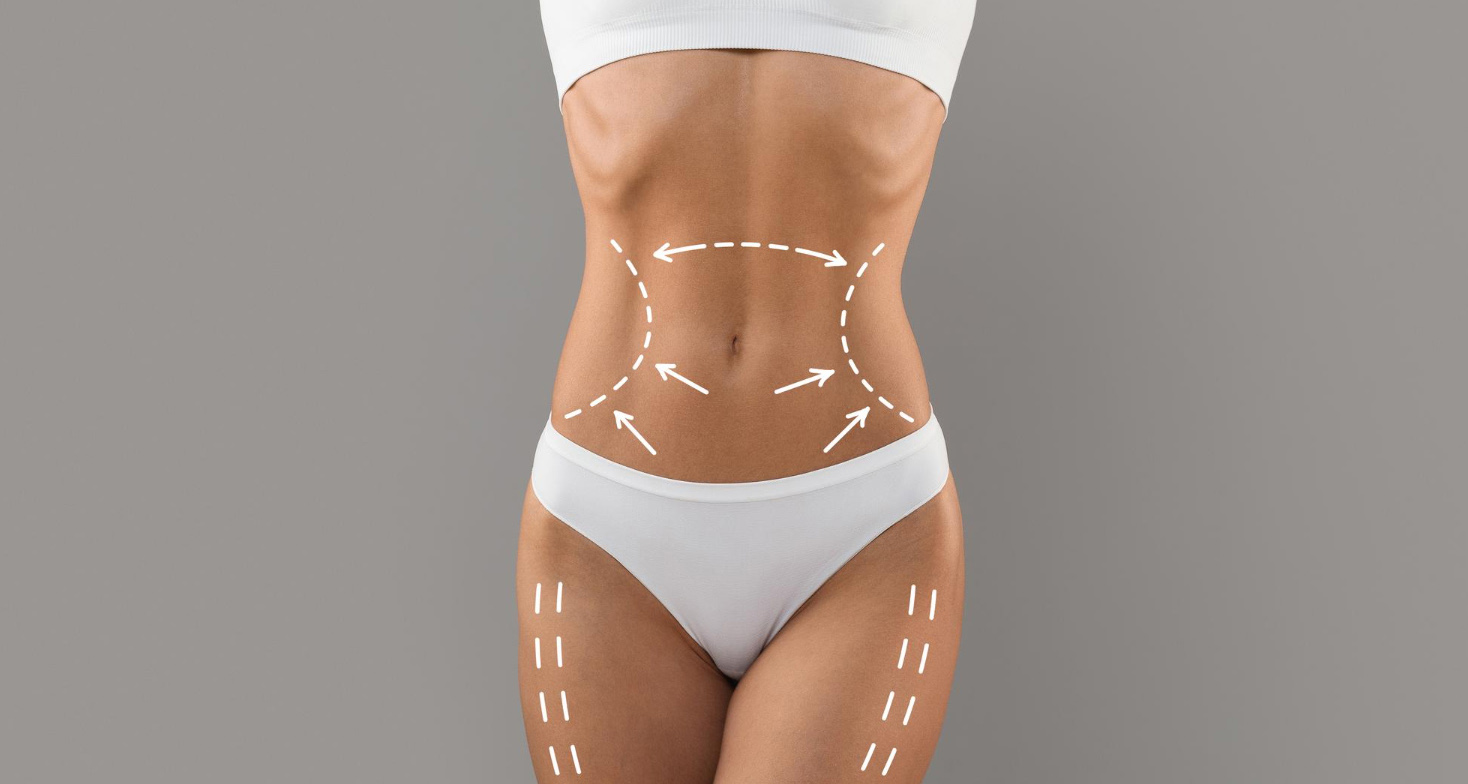

What is liposuction?
Liposuction, also known as "lipo," is a procedure designed to reshape specific areas of the body by removing excess fat. It utilizes a suction technique to target and remove fat from areas like the abdomen, thighs, hips, buttocks, and breasts.
It is essential to understand that liposuction is not intended for weight loss purposes. If you are overweight, it is recommended to pursue weight loss through diet, exercise, or weight loss surgeries. Liposuction is best suited for individuals who have localized areas of stubborn fat that are resistant to diet and exercise, and it can help achieve more sculpted body contours.
Liposuction procedure
The surgeon will start by determining the areas from which they will remove fat and then administer general anesthesia to the patient.
During the procedure, small incisions are made to introduce a thin tube called a cannula. The cannula is used to suction the fat out of the body. Depending on the patient's goals and individual case, the surgeon will choose the most appropriate liposuction method to perform.
There are several liposuction techniques available:
Tumescent liposuction: This is the most common technique. The surgeon injects a sterile solution into the treatment areas, which helps dissolve the fat and causes the area to swell and stiffen. Small incisions are then made to insert the cannula and suction out the fat. This technique minimizes injuries as it separates the skin from other soft tissues.
Ultrasound-assisted liposuction (UAL): This method uses sound wave energy under the skin to rupture the fat cell walls, making it easier to suction out the fat. Vaser-assisted liposuction is a newer generation of UAL that may improve skin contouring and reduce the risk of skin injuries.
Laser-assisted liposuction (LAL): This technique uses high-intensity laser light to liquefy the fat, making it easier to remove through the cannula.
Each method has its benefits and may be more suitable for specific cases, and the surgeon will decide which technique to use based on the patient's unique needs and desired outcomes.
Recovery after liposuction surgery
Following liposuction, your surgeon may advise you to wear a compression garment for 1 to 2 months to minimize swelling. Painkillers and antibiotics may be prescribed to prevent infection and manage any discomfort. While resting is important during the initial days, some individuals may be able to return to work after one week. However, it's essential to wait at least 2 weeks before resuming daily activities, including exercise.
In some cases, the surgeon may insert drainage tubes into the incisions to assist with fluid drainage. As your body heals, you may notice some contour irregularities as the remaining fat settles into its new position. These irregularities usually improve over time as the body adjusts, and the final results become more evident.
It's crucial to carefully follow your surgeon's post-operative instructions to ensure a smooth recovery and achieve the desired results from the liposuction procedure.
Liposuction candidates
Liposuction candidates are typically individuals who:
- Are in good health and do not have major health problems.
- Are within 30% of their ideal weight.
- Have firm skin elasticity and good muscle tone.
- Have localized fat deposits in certain body areas that are resistant to exercise and diet.
- Have realistic expectations about the outcomes of liposuction surgery.
Experience the convenience of booking your liposuction appointment on QAAPH. Our skilled professionals offer top-quality solutions to address your body contouring goals and leave you with a confident and beautifully sculpted look.